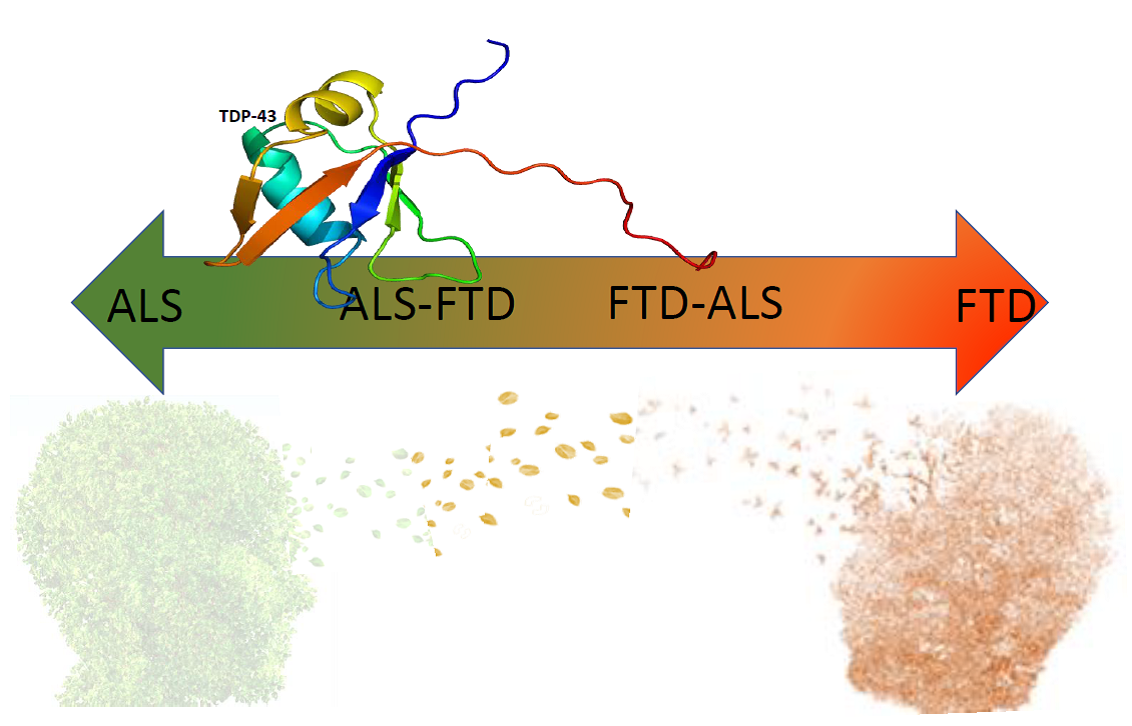In the August issue of JNNP, Saxon and colleagues analyse the cognitive characteristics of pure behavioural variant FTD (bvFTD) and compare this to the behavioural and cognitive symptoms that develop in a proportion of amyotrophic lateral sclerosis (ALS) patients (ALS-bvFTD).
The occurrence of cognitive impairment is now well recognised in ALS, and the clinical and genetic overlap between ALS and FTD has further exposed the relationship between these two disorders. Specifically, the recent discovery of a mutual mutation (a hexanucleotide repeat expansion) in the C9orf72 gene has unmasked the existence of a continuum from pure ALS (with no cognitive involvement) to pure FTD (with no motor involvement). As such, a proportion of patients have a crossed phenotype, with ~15% FTD patients developing ALS and 10-20% of ALS patients meeting the criteria for FTD (ALS-FTD). Although the majority of ALS-FTD cases develop behavioural variants of FTD, there are some suggestions that this is a distinct substrate from pure bvFTD. This is also supported by the consistent presence of TDP-43 (TAR DNA binding protein 43) pathology in the crossed ALS-FTD phenotype, in contrast to the pathologically heterogenous FTD cohort. Such potential differences hold important clinical implications for early diagnosis and management of these patients.

In this study, the authors retrospectively explored a large cohort of bvFTD patients (n=185) and ALS-bvFTD patients (n=56), analysing group differences in cognitive, behavioural, and neuropsychiatric profiling. Overall, bvFTD patients were found to have a higher frequency of general behavioural change (eg social disinhibition and impulsivity), whilst specific domains of language impairment (sentence comprehension and agrammatism) were more frequently seen in ALS-FTD patients. A number of behavioural symptoms (such as apathy, affect, insight, repetitive behaviours) as well as all neuropsychiatric features were non-discriminatory, occurring at similar frequencies in both cohorts.
This JNNP article introduces the possibility of distinct cognitive profiles in ALS-bvFTD and pure bvFTD. Although less common, language impairment has previously been reported in the ALS and ALS-FTD literature, and the two language domains highlighted in this study were comparatively uncommon in the bvFTD group. Although the retrospective nature of this analysis confers possible methodological bias, the potential for this group distinction has relevant considerations, particularly to identify patients at risk of a crossed phenotype. As also suggested by the authors however, clarification of such differences is needed through further prospective analysis. The clinical clues provided in this interesting study pave the way for future analysis, which has the potential for significant clinical impact and more targeted patient management and treatment.